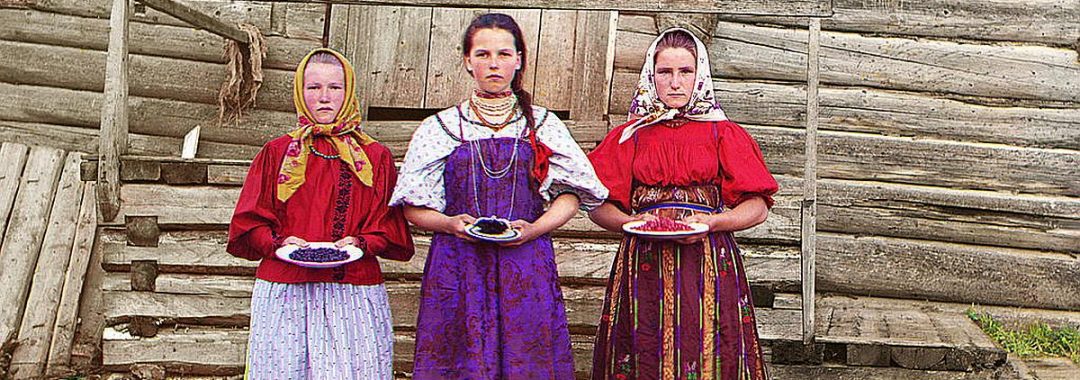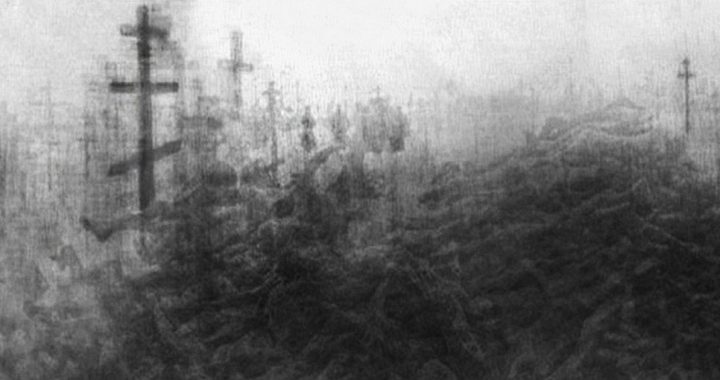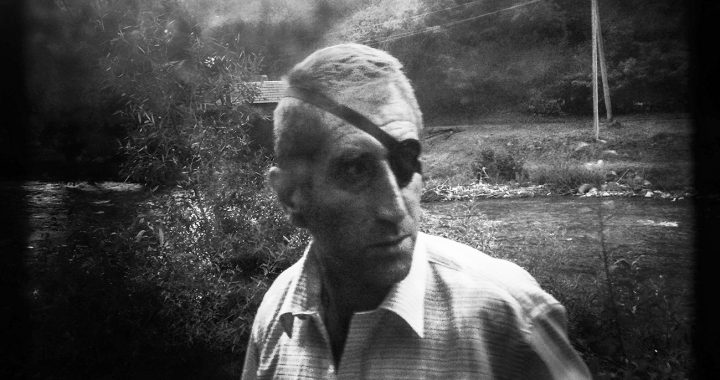Using emerging technological advances in color photography, Sergei Mikhailovich Prokudin-Gorskii (1863-1944) made numerous photographic trips to systematically document the Russian Empire. He conducted most of his visual surveys between 1909 and 1915, although some of his work dates as early as 1905. The Empire at this time stretched 7,000 miles from west to east and 3,000 miles from north to south and comprised one-sixth of the earth’s land mass. It was the largest empire in history and spanned what today are eleven different times zones. Tsar Nicholas II supported this ambitious project by providing passes and transportation: by rail, boat and automobile. Born in Murom, Russia (near Moscow), in 1863 and educated as a chemist, Sergei Mikhailovich Prokudin-Gorskii devoted his career to the advancement of photography. He studied with renowned scientists in St. Petersburg, Berlin, and Paris. His own original research yielded patents for producing color film slides and for projecting color motion pictures.
Around 1907, Prokudin-Gorskii envisioned and formulated a plan to use the emerging technological advancements that had been made in color photography to systematically document the Russian Empire. Through such an ambitious project he intended to educate the school children of Russia with his “optical color projections” of the vast and diverse history, culture, and modernization of the Empire. Outfitted with a specially equipped railroad car-darkroom provided by Tsar Nicholas II, and in possession of two permits that granted him cooperation from the Empire’s bureaucracy and access to restricted areas, Prokudin-Gorskii documented the Russian Empire from 1909 through 1915. Prokudin-Gorskii left Russia in 1918, after the Russian Revolution, and eventually settled in Paris, where he died in 1944.

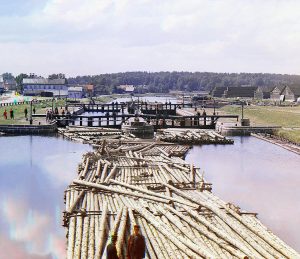
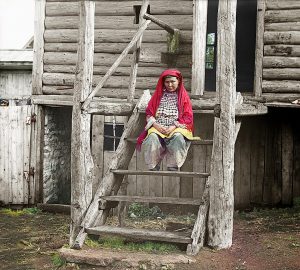
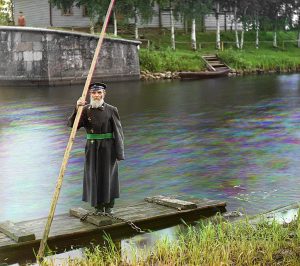
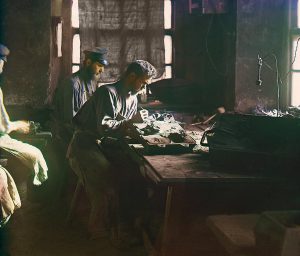
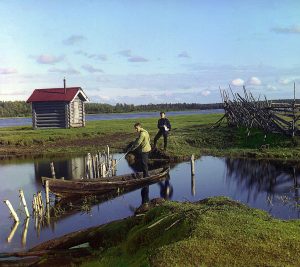
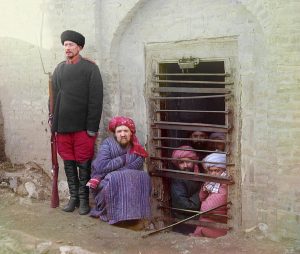
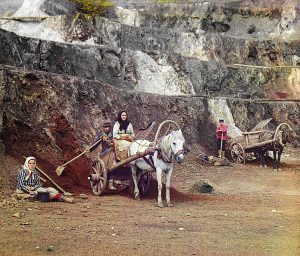


Source – Library of Congress.
